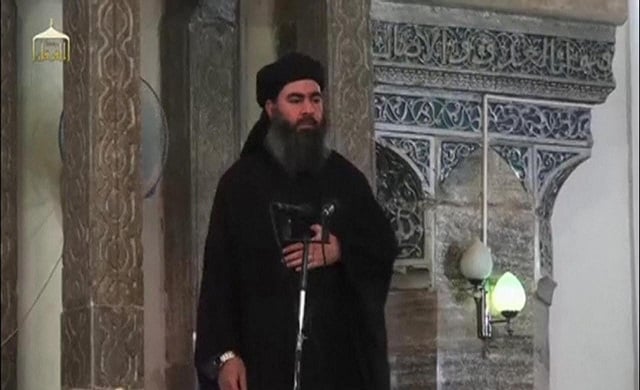
First, the elimination of top ISIS leadership may trigger the dispersion of its affiliates since they require someone for guidance and control. In the absence of any tangible leadership, the followers may opt towards personal courses which open a range of possibilities to them. Adherents may join similar groups or organisations having meek, tacit or strong bonds with ISIS, as they are psychologically convinced they are still treading the same path with the original goal. There is also a strong likelihood that ISIS remnants may return to the countries of their origin. According to one estimate, nearly 25,000 to 30,000 persons had travelled to Syria and Iraq to join ISIS ranks since al Baghdadi announced his caliphate in 2014. There is no concrete data available on fighters travelling from Pakistan to the conflict zone in the Middle East. Roughly, 400 to 600 men, women and children are believed to have traversed from or through Pakistan as illegal migrants, pilgrims or border trespassers who are either Pakistani residents or belong to other regions including Afghanistan. If they return home and remain undetected, they will definitely contact an organisation or person(s) with similar ideological affiliations. A lack of effective de-radicalisation tools may pose a serious threat to local peace and stability. Another possibility is that many of these foreign fighters may work individually to perpetrate terror among the local population.
Fortunately, ISIS radicals and sleeper cells in Pakistan have always looked towards Syria and Iraq for inspiration and therefore haven’t made any effort to consolidate their position in Pakistan. The recent Syrian battlefield losses have therefore dampened their aspirations. Hence they are not in a position to pose any significant challenge to the state.
Second, even though the ISIS structure has weakened with recent setbacks, it is still in place in some form. The succession struggle will continue in the upper echelons of ISIS till a suitable candidate is found to restructure the group. There is a high probability the leadership remains in the Middle East but an outside chance is that it shifts to another conflict zone where the group can operate with moderate independence. The hinterlands of Central Asian Republics (CARs) or isolated areas in Afghanistan or Yemen can provide such operational sanctuary to ISIS and their diehard supporters.
Third, a group on the backfoot always looks for support to sustain itself. An intense dispersion effect may disintegrate ISIS, which can then emerge as small localised groups that outsource their tactical attacks to relatively stronger groups in their respective regions. Such an understanding can have two immediate effects. It provides ISIS a period for reintegration while its presence is felt in the shape of outsourced terror attacks of limited magnitude. Moreover, it improves coordination with other groups to carry out sophisticated attacks.
The second generation ISIS may emerge in different forms with a weak centre and strong local tentacles along with sophisticated coordination and control with other terror structures.
Published in The Express Tribune, November 16th, 2019.
Like Opinion & Editorial on Facebook, follow @ETOpEd on Twitter to receive all updates on all our daily pieces.



























1714024018-0/ModiLara-(1)1714024018-0-270x192.webp)










COMMENTS
Comments are moderated and generally will be posted if they are on-topic and not abusive.
For more information, please see our Comments FAQ